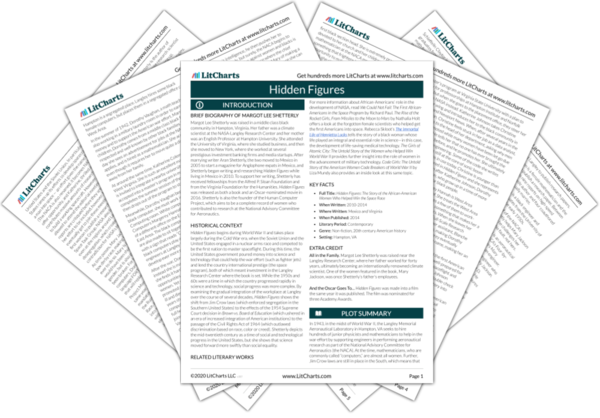Executive Order 10925 marks a major step forward in the fight for equal rights for blacks in the workplace, while Russia’s manned space mission pushes the scientists at Langley to get their own astronauts into space. It’s not often that we see these two elements of history in juxtaposition, much less that we see the direct impact of one on the other. In this way Shetterly reminds us that African-American history
is American history.
